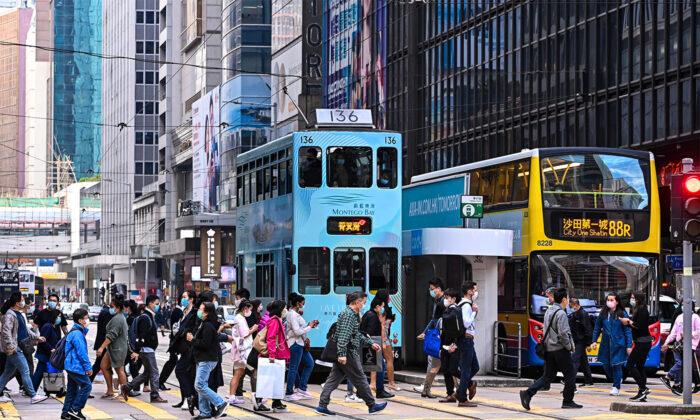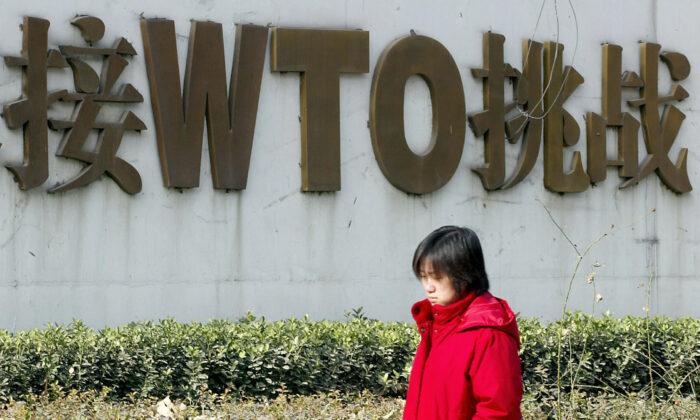“Whole-process democracy,” a term derived by the Chinese Communist Party to promote its self-acclaimed “well-deserved democracy,” contrasts sharply against reality. Hong Kong, an exception in China that used to enjoy limited democracy, met its fate and had its last election return a legislative council in which the pro-establishment bloc swept nearly all seats. This ex-British colony joined China’s “whole-process authoritarianism.”
Some may say that the communists’ one-party rule was similarly found during the Kuomintang era before 1949, and the former may not be worse off than the latter. This is not true. At least the KMT’s Three People’s Principles had an elaborate design of constitutional rule, contrasting the communists’ attempts to exert dictatorship in all aspects of life.
An example comes from their perseverance in suppressing identities other than Chinese.
Before 1949, quite some cities in China had their own emblems. My favorite is that of Dalian (literally “big combination,” also known as Port Arthur) in Manchuria during the Japanese rule—a trefoil formed by combining’ three stylized Chinese characters for big. After the founding of the PRC, the city/provincial emblem, a symbol of regionalism deemed to violate the principle of “democratic centralism,” was categorically banned.
The advent of the reform and opening up after the Cultural Revolution made the Chinese think otherwise, as they felt embarrassed being presented emblems by foreign cities when they formed friendship cities. Hence came a wave of designing city emblems in China, with Taiyuan being the first, featuring its landmark twin pagodas, a red torch representing its energy and chemical industry, and a black field symbolizing its rich coal resources.
However, in the eyes of the communist party, this was a sign of surging local identities, constituting ‘endangerment of national security,“ and in November 1997, it finally ordered party committees and governments at all levels that only the national flag and emblem be used, and local flags and emblems were to be prohibited so to avoid all ’possible negative effects.”
In other words, Hong Kong and Macau are the only local Chinese governments that enjoy the privilege of lawfully using their own flags and emblems. After the passing of the national security law, Hongkongers may suspect that this is one of the few benefits left for ‘one country, two systems.’
Unofficially, Uyghurs adopted the Urumqi time (two hours slower than Beijing time) in Xinjiang, whereas Han Chinese there mostly insist on using Beijing time, causing frequent confusion. Blatantly promoting national unity at the cost of ignoring the livelihood of the ‘brother nationalities” adds momentum to independence movements there.





